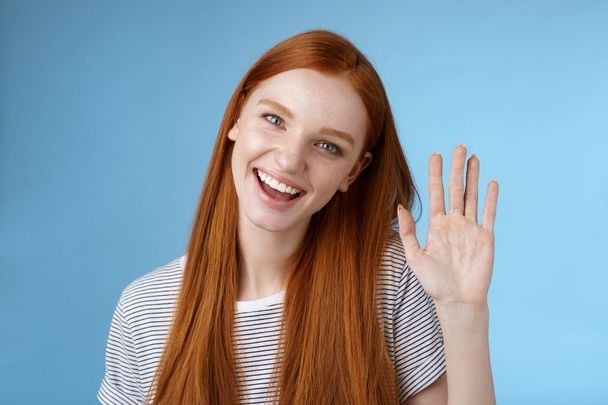We take advantage of any excuse to use the Irish we have here at IrishCentral and would always encourage you to do the same, and so, to set you off on the right track, we’ve created a new series of videos to help any aspiring Irish-language learners with the very basics of the language.
Follow our Irish video series “Gaeilge gan dua (Easy Irish)” to learn the introductory phrases and in no time you’ll be able to show off your new language skills to family, and friends, or on your next visit to the Emerald Isle.
In each video, you can hear how the word/phrase is pronounced, see how it is spelled, and compare this to the phonetic spelling, ensuring you get to grips with the new sound system before you know it.
And if you wish to learn a little more, check out our top ten ways to learn Irish for free to discover the many ways you can bring Ireland’s national language into your day-to-day life.
Or you can even discover the effects of the Irish language on New York slang and the Irish words you knew without even realizing it!
Lesson One: How to say "hello!" in Irish:
Easy Irish with IrishCentral - "Hello!"Fancy learning a little Irish / Gaeilge? Read some of our favorite Irish phrases for Seachtain na Gaeilge, here: http://bit.ly/2XPUFyB
Publiée par IrishCentral.com sur Mardi 12 mars 2019
Dia dhuit is a traditional Irish greeting that has been used for centuries. It is a phrase that is steeped in Irish culture and is used to greet people in a warm and friendly manner. The phrase is pronounced "dee-ah gwit" and is typically responded to with "Dia is Muire duit" (pronounced "dee-ah iss mwire gwit"), which means "God and Mary be with you".
The phrase "Dia dhuit" literally means "God to you" in the Irish language. It is a shortened version of the longer greeting "Dia dhuit agus Muire dhuit" which means "God and Mary be with you". While the longer version is still used in some parts of Ireland, the shortened version has become more common.
The use of "Dia dhuit" is not just limited to Ireland. It is also used in other parts of the world where Irish people have settled, such as the United States, Canada, and Australia. It is a way for people of Irish descent to connect with their roots and to honor their heritage.
The greeting is often used as an ice-breaker in social situations. It is a polite and respectful way to acknowledge someone's presence and to start a conversation. It is also used to show respect to elders and to people in positions of authority.
One of the interesting things about the Irish language is that it is a living language that is still spoken by a significant number of people. In fact, Irish is the first official language of the Republic of Ireland, and efforts are being made to promote and preserve the language. The use of traditional phrases such as "Dia dhuit" is an important part of keeping the language alive and passing on Irish culture and traditions to future generations.
* Originally published in 2016, updated in Aug 2025.




Comments